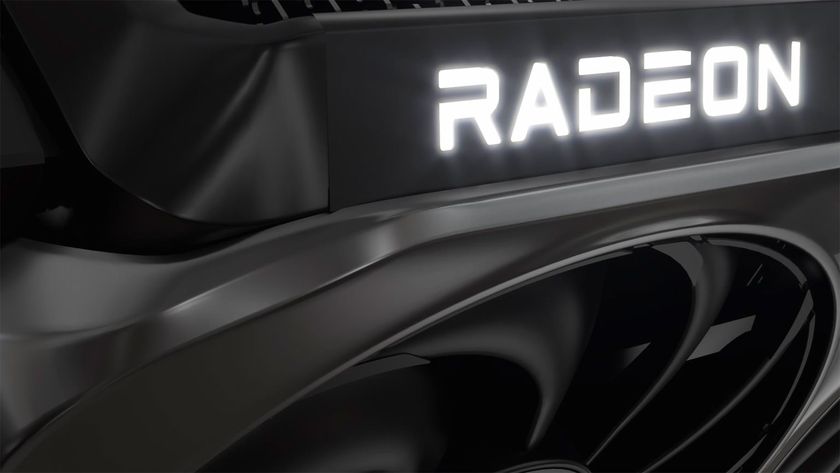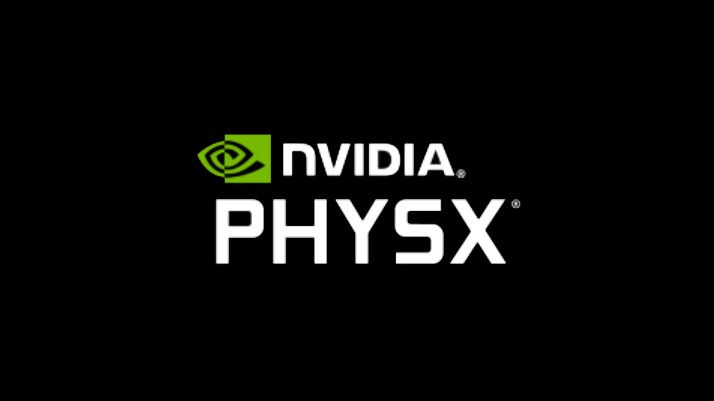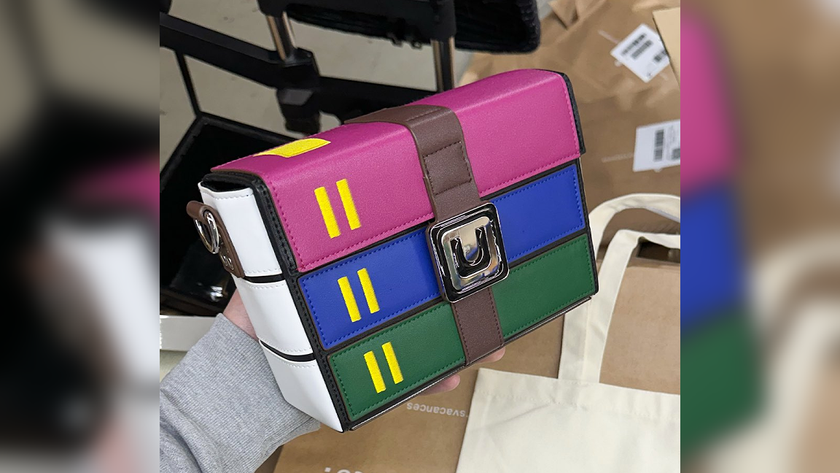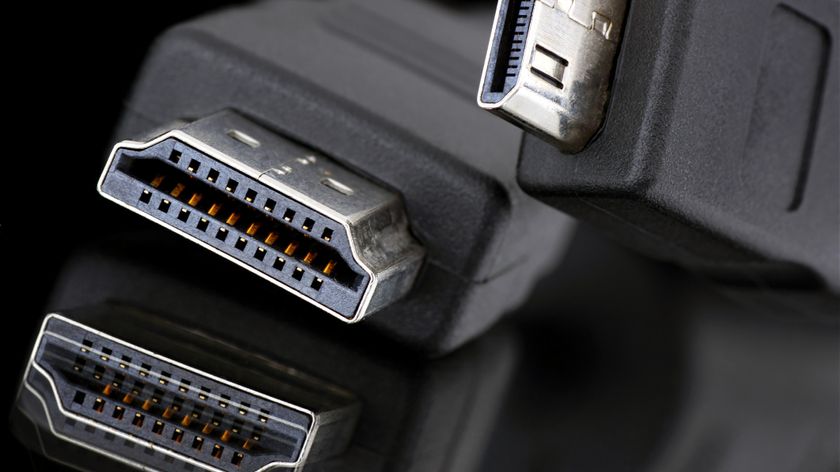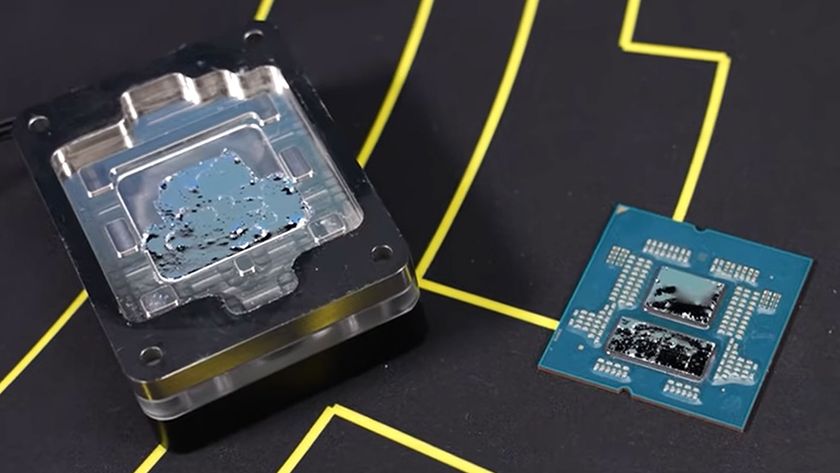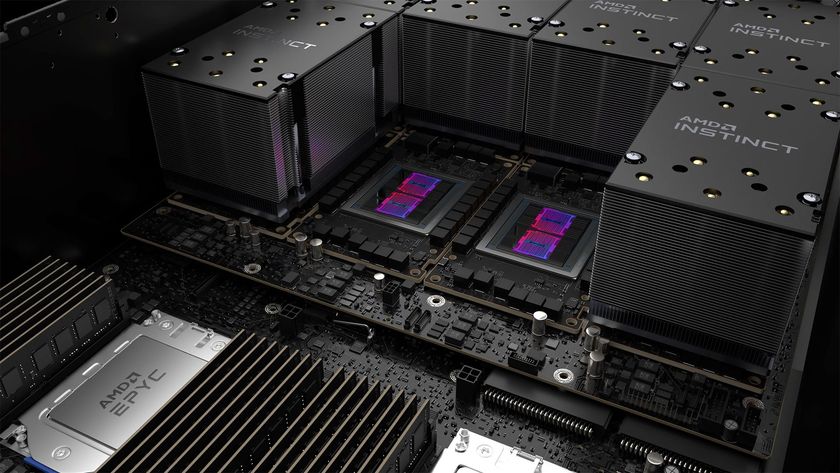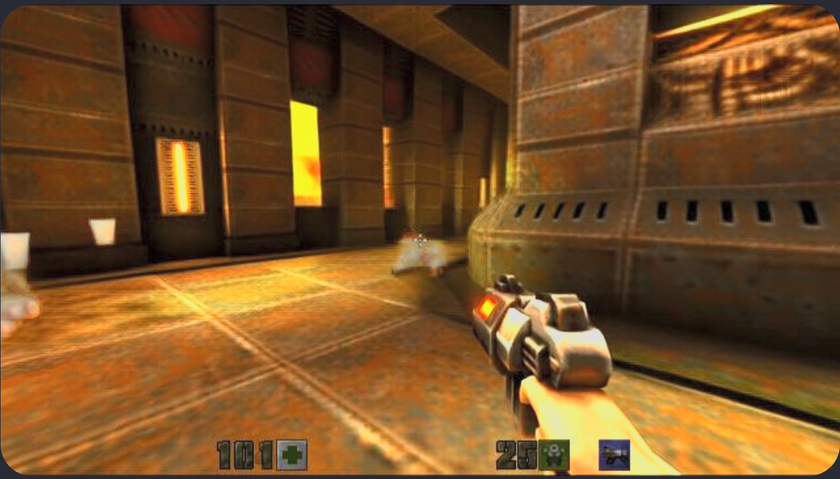Another RTX 5090 connector melts down, reportedly taking a PSU with it
Melting occurs despite Corsair's first-party 600W 12VHPWR cable being used.
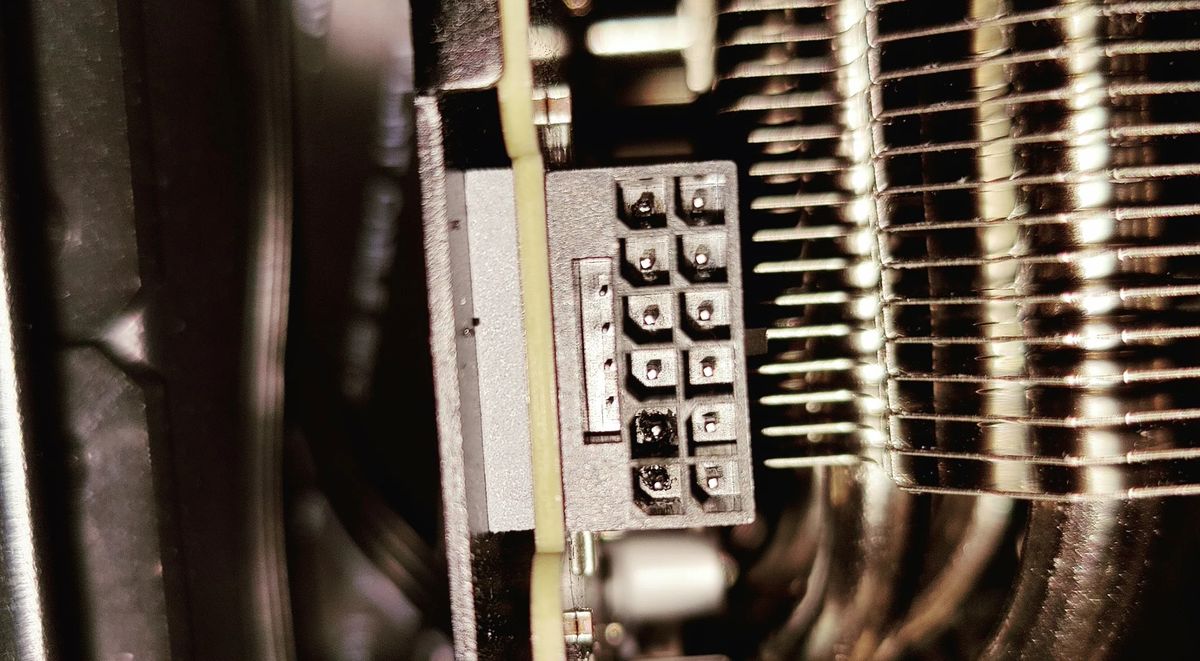
Another Blackwell GPU bites the dust, as the meltdown reaper has reportedly struck a Redditor's MSI GeForce RTX 5090 Gaming Trio OC, with the impact tragically extending to the power supply as well. Ironically, the user avoided third-party cables and specifically used the original power connector, the one that was supplied with the PSU, yet both sides of the connector melted anyway.
Nvidia's GeForce RTX 50 series GPUs face an inherent design flaw where all six 12V pins are internally tied together. The GPU has no way of knowing if all cables are seated properly, preventing it from balancing the power load. In the worst-case scenario, five of the six pins may lose contact, resulting in almost 500W (41A) being drawn from a single pin. Given that PCI-SIG originally rated these pins for a maximum of 9.5A, this is a textbook fire/meltdown risk.
The GPU we're looking at today is the MSI RTX 5090 Gaming Trio OC, which, on purchase, set the Redditor back a hefty $2,900. That's still a lot better than the average price of an RTX 5090 from sites like eBay, currently sitting around $4,000. Despite using Corsair's first-party 600W 12VHPWR cable, the user was left with a melted GPU-side connector, a fate which extended to the PSU.
MSI 5090 Gaming trio OC melted cable (repost with pics) from r/nvidia
The damage, in the form of a charred contact point, is quite visible and clearly looks as if excess current was drawn from one specific pin, corresponding to the same design flaw mentioned above. The user is weighing an RMA for their GPU and PSU, but a GPU replacement is quite unpredictable due to persistent RTX 50 series shortages. Sadly, these incidents are still rampant despite Nvidia's assurances before launch.
With the onset of enablement drivers (R570) for Blackwell, both RTX 50 and RTX 40 series GPUs began suffering from instability and crashes. Despite multiple patches from Nvidia, RTX 40 series owners haven't seen a resolution and are still reliant on reverting to older 560-series drivers. Moreover, Nvidia's decision to discontinue 32-bit OpenCL and PhysX support with RTX 50 series GPUs has left the fate of many legacy applications and games in limbo.
As of now, the only foolproof method to secure your RTX 50 series GPU is to ensure optimal current draw through each pin. You might want to consider Asus' ROG Astral GPUs as they can provide per-pin current readings, a feature that's absent in reference RTX 5090 models. Alternatively, if feeling adventurous, maybe develop your own power connector with built-in safety measures and per-pen sensing capabilities?
Stay On the Cutting Edge: Get the Tom's Hardware Newsletter
Get Tom's Hardware's best news and in-depth reviews, straight to your inbox.

Hassam Nasir is a die-hard hardware enthusiast with years of experience as a tech editor and writer, focusing on detailed CPU comparisons and general hardware news. When he’s not working, you’ll find him bending tubes for his ever-evolving custom water-loop gaming rig or benchmarking the latest CPUs and GPUs just for fun.
-
alceryes 🎵 Tale as old as time... 🎶Reply
No 12VHPWR/12V-2X6 connector is safe. It sucks that it took out his PSU and his card.
The SF1000 is supposed to by ATX 3.1 certified. I thought that meant that it used the new 12V-2X6 instead of the 12VHPWR, but it still says 12VHPWR on the website. Maybe just the site needing updating...? -
munkee_zero "As of now, the only foolproof method to secure your RTX 50 series GPU is to ensure optimal current draw through each pin. You might want to consider Asus' ROG Astral GPUs as they can provide per-pin current readings, a feature that's absent in reference RTX 5090 models."Reply
Alternatively, don't buy an Nvidia GPU until they (Nvidia and its board partners) properly resolve this design issue. Both iterations of the 12V connector have serious design flaws in regards to the supporting hardware on the cards, not balancing the load. Anything drawing close to 600 watts, doesn't strike me as being very energy efficient. -
alceryes When the connector was first trialed, on the 3090Ti/3090/3080Ti/3080 FE cards, NVIDIA put three shunt resistors (one per 12V pair) on the card PCB itself. We had no issues because the card just wouldn't power on (or would power itself off) if the load was significantly unbalanced.Reply
NVIDIA was proud of their creation! They took their wonderful idea to PCI-SIG (PCI-SIG tests and creates the spec). NVIDIA is the largest partner of PCI-SIG and my guess is that NVIDIA threw a ton of money at getting the connector certified, showing PCI-SIG their test data for the RTX 30x0 series cards.
What no one knew (or failed to report if they did know) was that the extra shunt resistors on the RTX 30x0 cards were masking a critical flaw of the 12VHPWR design. When the 40x0 series cards came out, the 12VHPWR was the new, fully certified spec., but NVIDIA (on the FE cards) added shunt resistors in a way to nullify any protection from having them load balance - melting 4090s ensued, and melting 40x0 and 50x0 cards continue to this day.
As to why it's not fixed...? I seriously think it's hubris on NVIDIAs side at this point. NVIDIA is the biggest company in the world. They can't be wrong, right?
NVIDIA could go back to the 30x0 series design and start putting a shunt resistor on the PCB per pair of 12V pins, on all their FE cards. They could put out an addendum for their card designs stating that shunt resistors are required for all xx90 and xx80 class cards. Why don't they...? Too much of a fallout is my guess. By doing this they would admit that the design is at fault. They are just too proud and/or too much of a bully to admit that they made a mistake and were wrong. -
ezst036 Replyalceryes said:No 12VHPWR/12V-2X6 connector is safe. It sucks that it took out his PSU and his card.
To be fair, all 12VHPWR are (to my knowledge) entirely safe on the 30x0 series of cards.
Nvidia went out of spec and added shunt resistors to the card's power subsystems which prevented this sort of ridiculousness.
EDIT: Just now seeing your second post. Already stated.
PCI-SIG needs another update to mandate those shunts as an official part of the spec.alceryes said:They took their wonderful idea to PCI-SIG -
alceryes Reply
See my post above yours. The 12VHPWR spec is not safe.ezst036 said:To be fair, all 12VHPWR are (to my knowledge) entirely safe on the 30x0 series of cards.
Nvidia went out of spec and added shunt resistors to the card's power subsystems which prevented this sort of ridiculousness.
Any spec that requires extra circuitry outside of the spec itself, to be safe, is not itself safe. -
alceryes Reply
They can't. The connector is a spec. They can't say that to use this connector you need something outside of the connector spec scope. Maybe they could retract the spec as a whole...? Not sure.ezst036 said:PCI-SIG needs another update to mandate those shunts as an official part of the spec. -
AngelusF Reply
Why not? Mandatory usage instructions would not be at all out of place in a specification for any piece of electrical equipment.alceryes said:They can't say that to use this connector you need something outside of the connector spec scope. -
setx Reply
And also on PSU side as well? Good luck.ezst036 said:PCI-SIG needs another update to mandate those shunts as an official part of the spec.
The only proper way forward is to completely bury this standard. Even going with EPS connector would be fast and sane mitigation of the issue. -
setx Reply
It would also require new PSU specification as well.AngelusF said:Mandatory usage instructions would not be at all out of place in a specification for any piece of electrical equipment.
